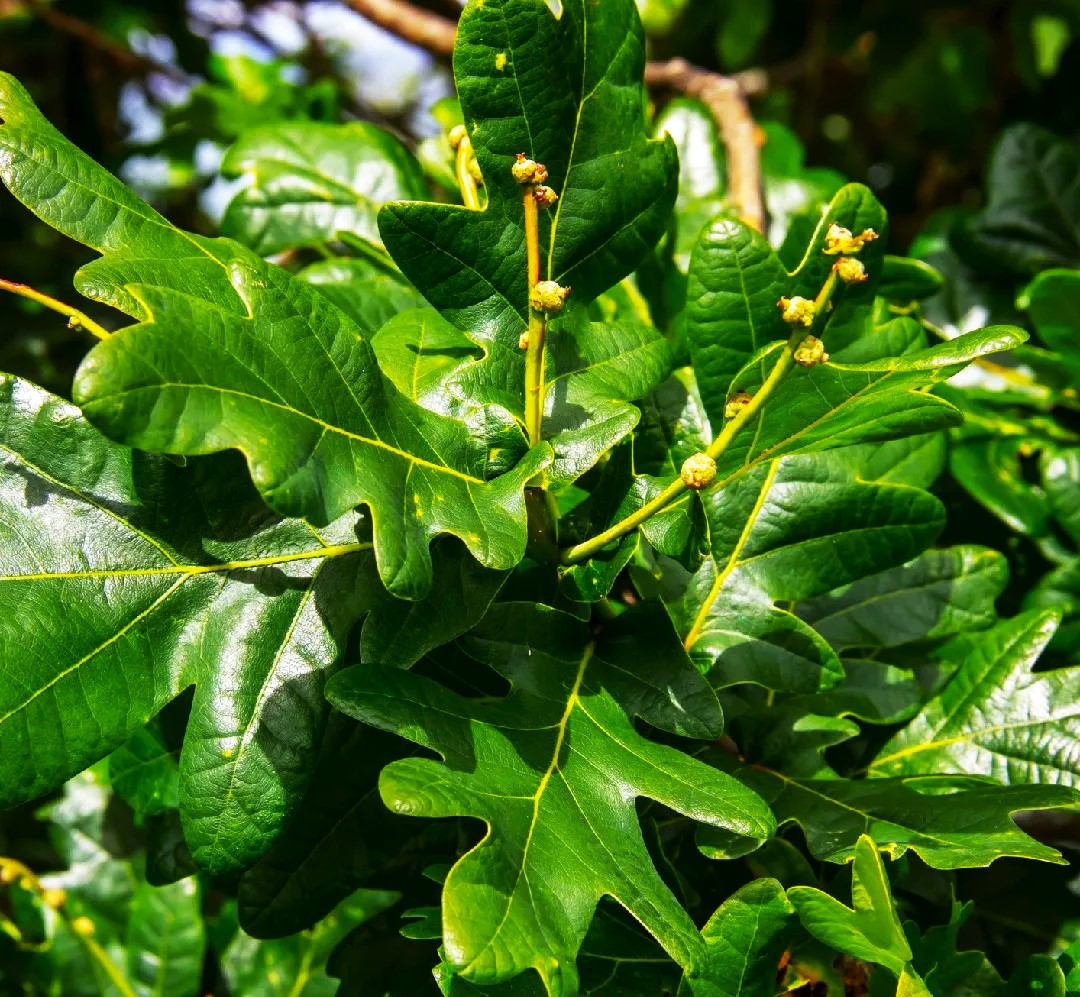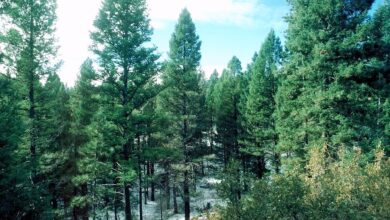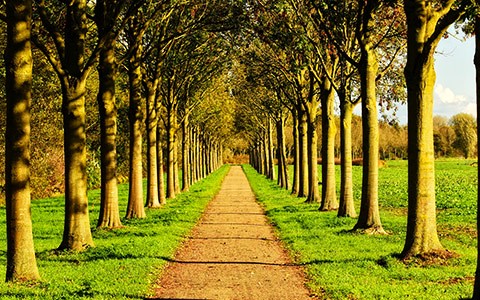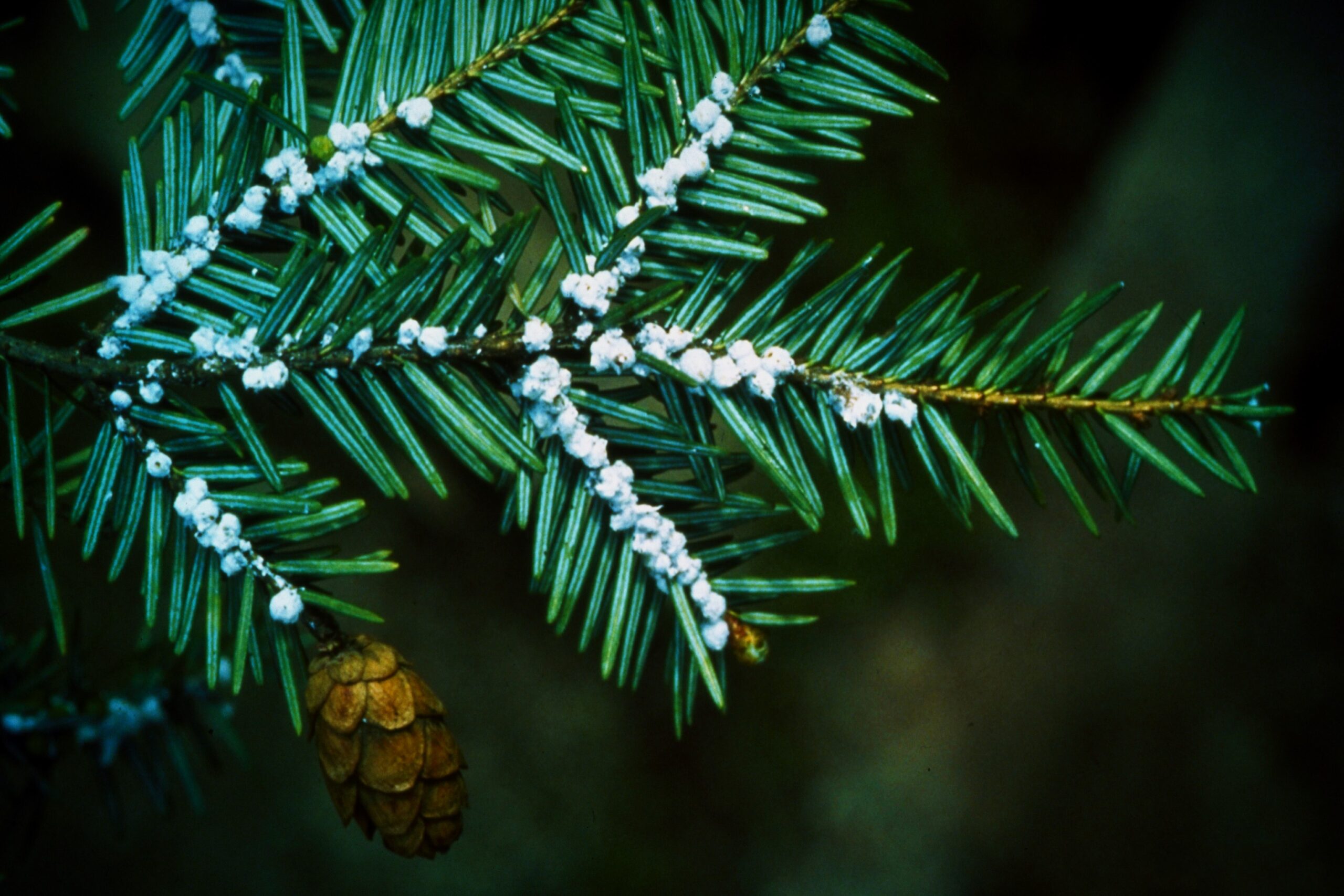White Oak Tree: White Oak Tree Growing Conditions

Native to North America, white oak trees (Quercus alba) have a natural range that stretches from southern Canada to Florida, Texas, and Minnesota. They are gentle giants that can grow to a height of 100 feet (30.5 meters) and have a centuries-long lifespan. Their acorns nourish wildlife, their branches offer shade, and everyone is mesmerized by their stunning fall foliage. Learn some interesting facts about white oak trees and how to incorporate them into your home’s landscaping by continuing to read.
Facts about White Oak Trees
The pale undersides of the leaves on white oak trees set them apart from other oaks, hence their name. USDA zones three through nine are suitable for them. They mature at 50 to 100 feet (15-30.5 m) tall and 50 to 80 feet (15-25 m) wide, growing at a moderate pace of 1 to 2 feet (31-61 cm) per year. Both male and female flowers are produced by these oak trees.
The male flowers, known as catkins, are yellow clusters that hang down from the branches and are 4 inches (10 cm) long. Smaller red spikes are the female flowers. When the flowers combine, they yield large acorns that are more than an inch (2.5 cm) long. Many different kinds of native North American wildlife love the acorns. The leaves turn vibrant shades of red to deep burgundy in the fall. The leaves may persist through the winter, especially on young trees.
Growing Conditions for White Oak Trees
Seeds of white oak trees can be planted in the fall and covered with a thick layer of mulch. You can also plant young seedlings in the spring. However, transplanting white oak trees beyond a certain age can be extremely challenging due to their deep taproot. The growing environment for white oak trees is generally lenient.
Although in the wild, young trees will grow for years in the forest understory, the trees prefer to receive at least four hours of direct sunlight each day. Rich, deep soil that is slightly acidic is preferred by white oaks. Once established, they can withstand drought fairly well because of their deep root system. On the other hand, they struggle in compacted, shallow, or poor soil. For optimal results, plant the oak tree in an area with rich, deep soil and unobstructed sunlight.





